After the full-scale invasion of Ukraine by the Russian Federation, the media space also became a weapon, an informational weapon the enemy fears and throws all its forces into fighting. Journalists on the front line are always next to the military, sharing all the dangers and risks with them in order to record every moment of history. But they themselves rarely fall into the lens of their colleagues. Therefore, the photos that formed the basis of the photo exhibition called Ukraine: Journalists on the Front, which opened in the lobby of the metro station Zoloti Vorota in Kyiv today, June 2, are precious. The exhibition is dedicated to Journalist’s Day.
The exhibition features 40 photographs by famous photographers that show the work of Ukrainian war correspondents. Among their authors are Stanyslav Yurchenko, Efrem Lukatsky, Yan Dobronosov, Yevhen Zavhorodnii, Ihor Huriyev, Roman Potapenko, Borys Korpusenko, Serhii Klymenko, Mariya Kovaleva, and Takashi Ozaki. Also, at the exhibition, you can get acquainted with information about media workers killed as a result of Russian aggression, photos of media personalities persecuted by the Russian authorities in Crimea; and see newspapers from the front-line and de-occupied territories revived by the National Union of Journalists of Ukraine (NUJU), together with international partners.
The exhibition’s opening was attended by well-known Ukrainian war correspondents, journalists from Crimea, members of the families of deceased media representatives, and journalists released from captivity.
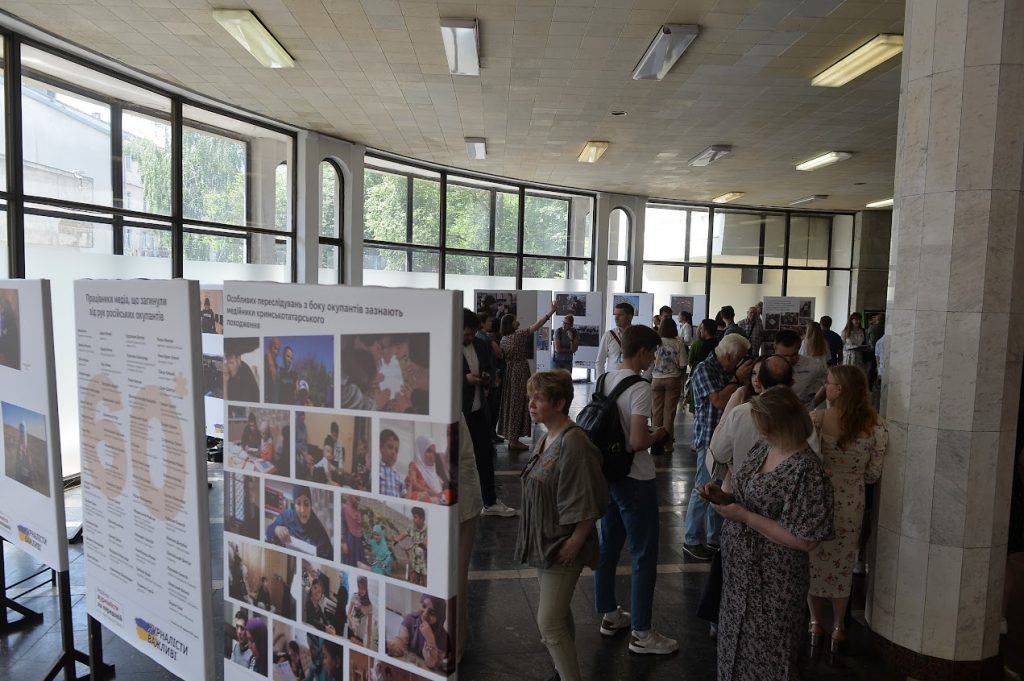
During the exhibition’s opening, the President of the NUJU, Sergiy Tomilenko, drew attention to the fact that Russian invaders consider representatives of Ukrainian and foreign independent media as their target and do everything to silence free speech and let Russian propaganda conquer the Ukrainians. But Ukrainian journalists give a worthy rebuff to such efforts. After all, every independent journalist is a threat to invaders.
“Occupiers have sown a lot of grief, taken lives, and created hundreds of thousands of tragedies. Law enforcement officers do not have enough time to record all these war crimes. The key role of journalists in the war is the fight against injustice! That is why we, journalists, become the voice of war victims; we give a chance for justice to everyone who lost their relatives and friends!” Sergiy Tomilenko emphasized.
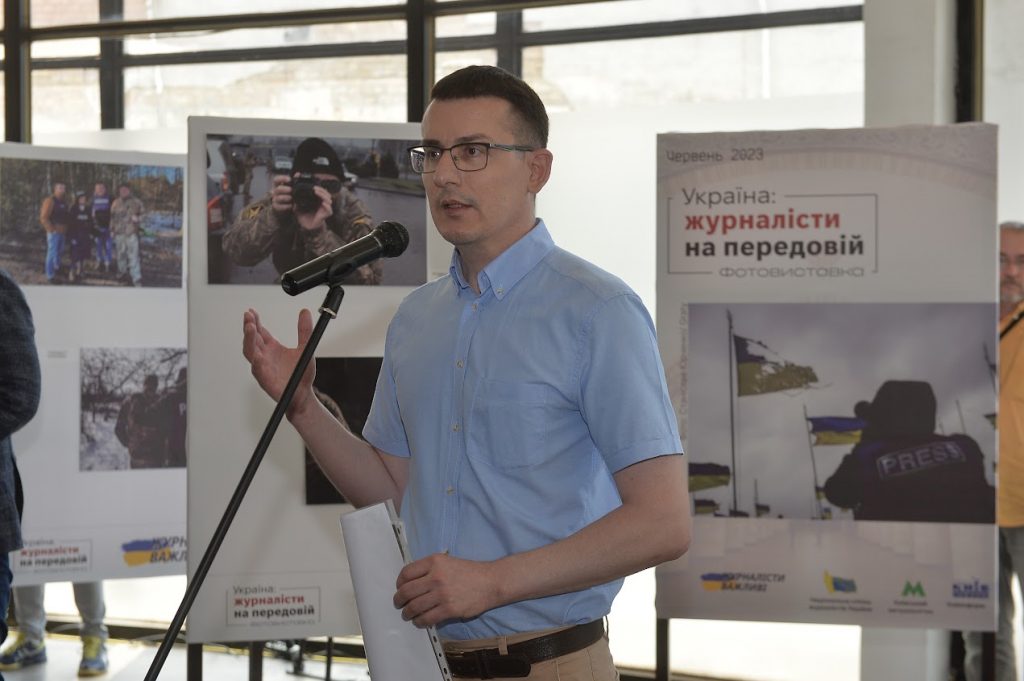
The information frontier runs not only through the front-line territories and on the front itself but everywhere where people need accurate information. Roman Leliuk, the director of the Public Communications Department of the Kyiv City Military Administration, noted that the entire civilized world is inspired by the social capital of Ukraine, whose representatives include doctors, volunteers, and journalists. With the beginning of the full-scale invasion of the Russian Federation in Ukraine, the municipal media of the capital, such as TV and radio companies Kyiv, Radio Kyiv FM, and Vechirnii Kyiv newspaper, did not stop their work, although some of them changed their format.
“Representatives of Kyiv’s municipal media were among the first to inform people about the situation in the city and the region and report on missiles and shells’ hits. Also, in the first weeks of the war, there was a time when Radio Kyiv FM was the only source of information about the evacuation ‘green corridors’ for the residents of Bucha and Irpin,” said Roman Leliuk.
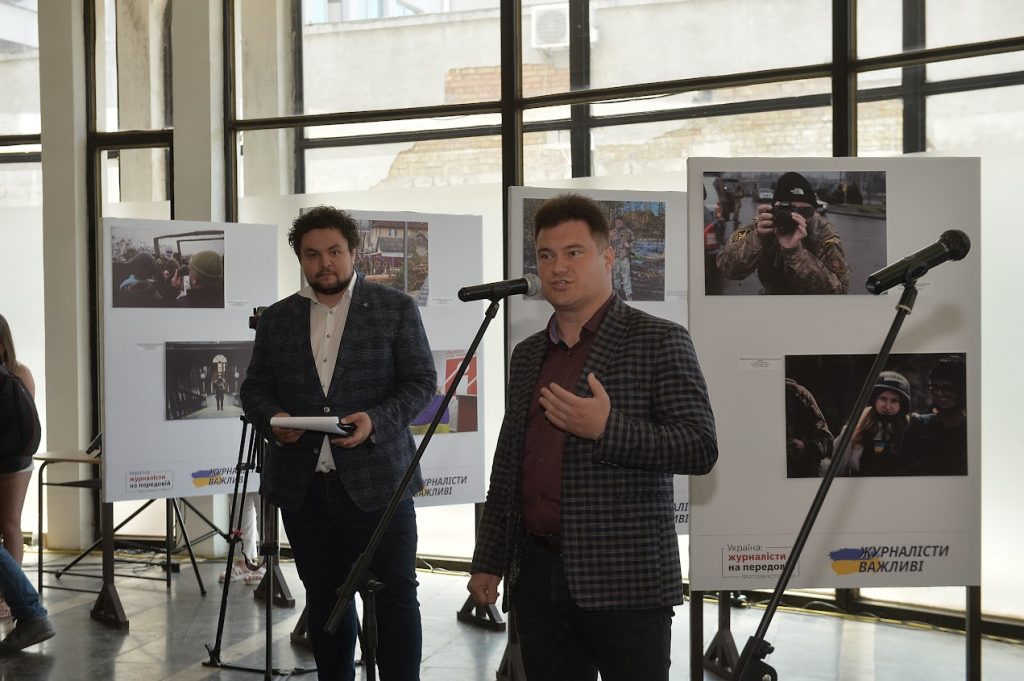
Volunteer and designer Karolina Mikhalkova designed and embroidered chevrons of war correspondents, especially for media workers. She presented the first such chevron – for the comprehensive support of journalists – to Sergiy Tomilenko. During the exhibition’s opening, a military journalist from Apostrophe TV, Mykhailo Sharkov, handed over a gift to the NUJU President with a national flag with military personnel signatures.
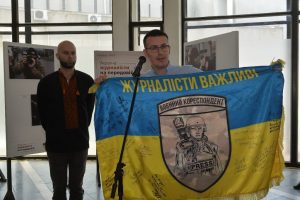
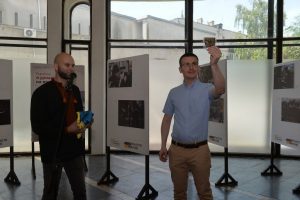
“For journalists, the most relevant topics are stories from the hottest spots in Ukraine. I want to thank the NUJU for the provided protective equipment, for the training sessions, for the evacuation of journalists from the occupied territories, and for the provided equipment for psychological, legal, and other assistance. I thank you simply because you can turn to the union with any question; they will always find a solution here,” Mykhailo Sharkov noted.
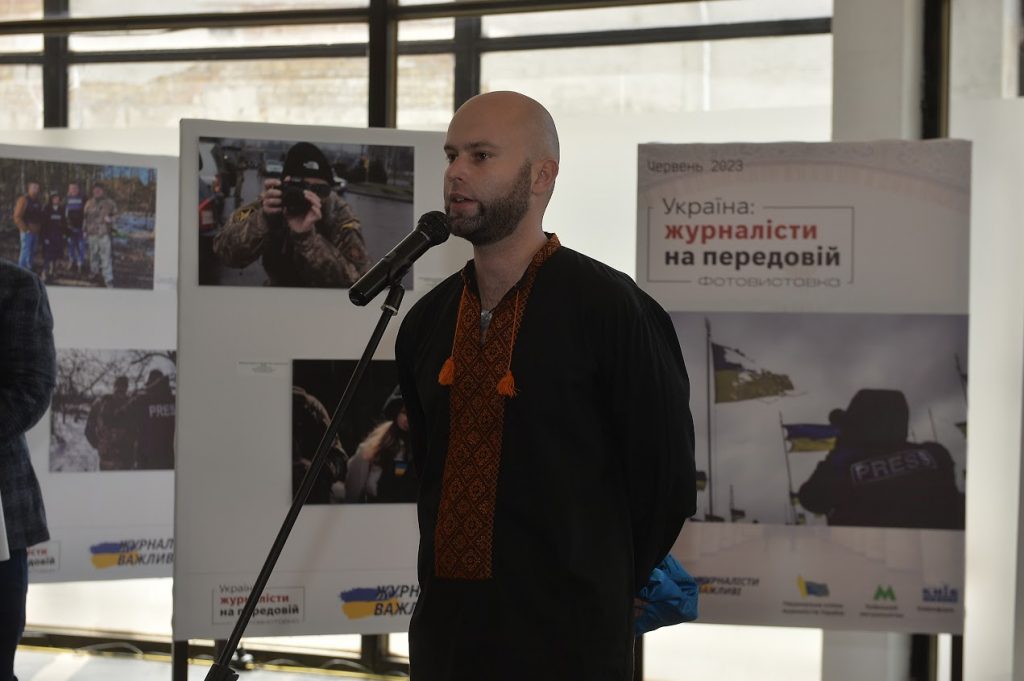
In the course of the ongoing full-scale war in Ukraine, a total of 63 media workers have been killed. Among them are those who defended Ukraine in the Armed Forces of Ukraine (AFU) ranks and those who died on the front line while performing their professional duty. Someone became a civilian victim of Russian aggression.
Dariya Li, the sister of the killed TV journalist from Kherson, Anton Kolomiyets, said that when Anton was taking his family out of the occupation, he was nearly shot by Donetsk People’s Republic troopers at the checkpoint after they had found his journalist license.
“After leaving for Odesa, Anton actively sought the opportunity to go to war. He was killed in shelling, saving his brothers. It is valuable that we remember these people,” said Dariya Li.
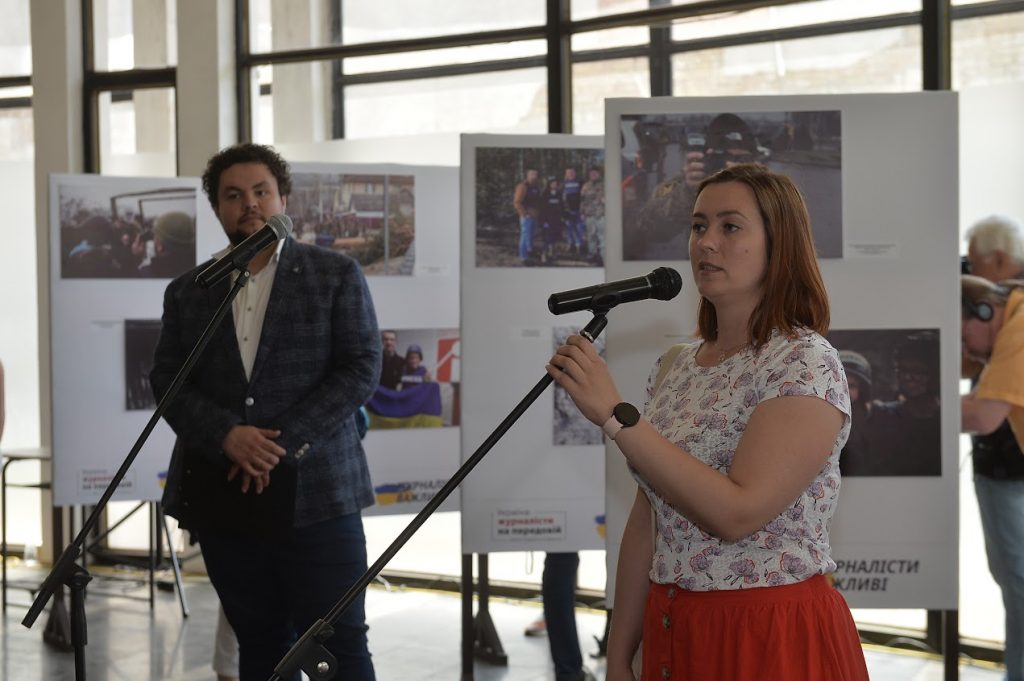
Not only do the Russians kill, but they also imprison media persons. Since 2014, the invaders have held hostage more than 25 of our media workers and citizen journalists from Crimea alone. The tactics of capturing Ukrainian media workers have not changed even now. But not all of them have the status of prisoners. For example, in March 2022, in the village of Kozarovychi in the Vyshhorod District, Russian occupiers captured UNIAN news agency journalist Dmytro Khyliuk, who has not yet been released. Still, no charges have been brought against him. The head of UNIAN, Mykhailo Hannytskyi, noted that Dmytro is a hostage.
“More than 20,000 Ukrainians are currently in Russia against their will. We only hope for the international community. I call on everyone to convince the authorities of other countries and the international community to create a package of appropriate restrictions for the Russian Federation aimed at the fastest possible release of our fellow citizens. Because there is no guarantee that they will remain alive,” Mykhailo Hannytskyi noted.
Deputy Head of the Main Department of Morale and Psychological Support of the AFU/Colonel, Volodymyr Yatsentiuk, congratulating journalists on the upcoming professional holiday, noted that media workers, who are always side by side with the military, make a very valuable contribution to history because they are creating the chronicles of war.
In speaking of the importance of journalistic work, Oleksandr Pasichnyk, the editor-in-chief of the Lyman-based newspaper Zoria the NUJU helped revive, noted that a bullet can kill one, but a word – a thousand.
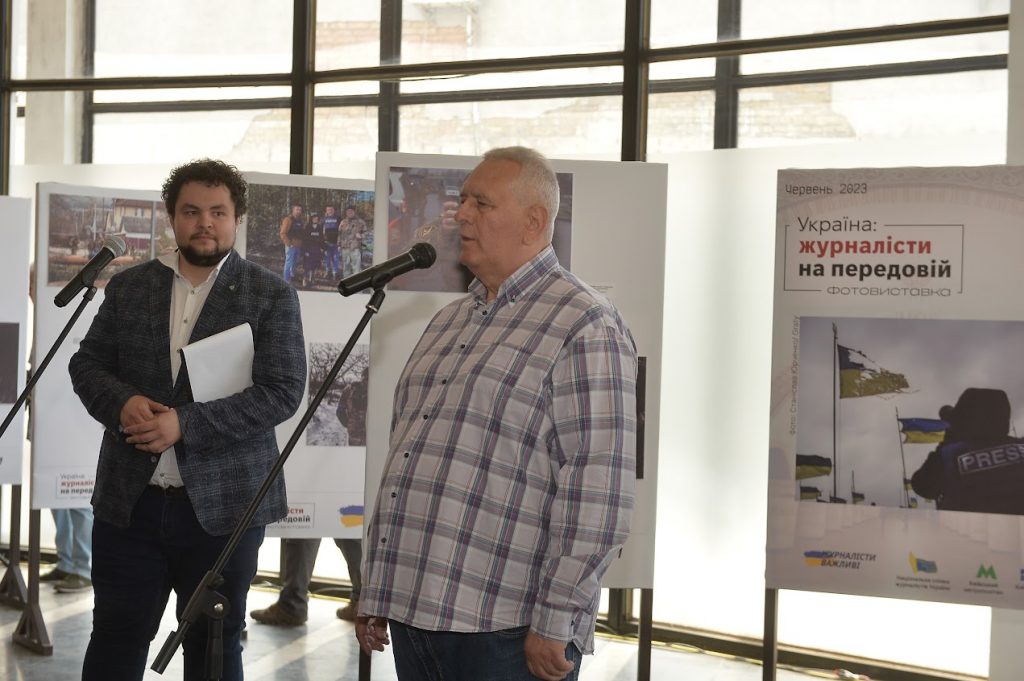
According to Lina Kushch, the NUJU First Secretary, the exhibition Ukraine: Journalists on the Front has been prepared from almost the first weeks of the full-scale invasion of Ukraine by the Russian Federation, and the pictures included in the exposition are from different periods of this war.
“It is nice that Ukrainian media workers were supported by their foreign colleagues by providing various assistance. And this is also reflected in the photos. Yes, many heroes in the pictures are in protective equipment provided by our international partners; in one of the photos, there is a moment from the tactical medicine training. We are grateful to the governments of Poland, Lithuania, Germany, other countries, and international journalist organizations that help journalists continue their work,” Lina Kushch noted.
By the way, some of the pictures presented at the exhibition were taken with cameras provided by the NUJU, thanks to the support of international partners.
The exhibition Ukraine: Journalists on the Front will be open until June 16 so that many Kyiv city residents and guests of the Ukrainian capital can see such an essential work of war correspondents thanks to these photos.
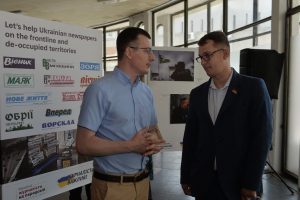
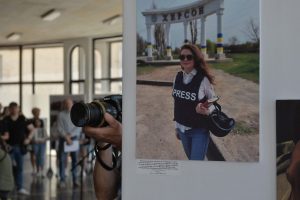
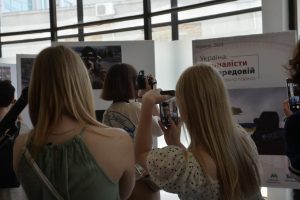
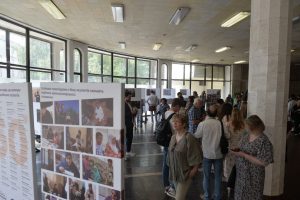
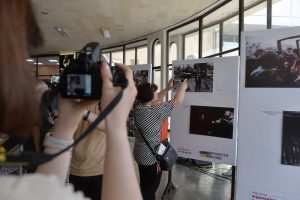
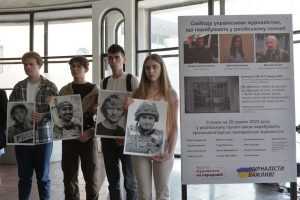
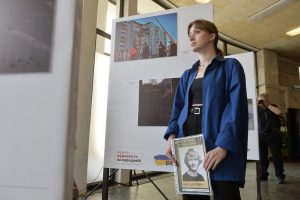
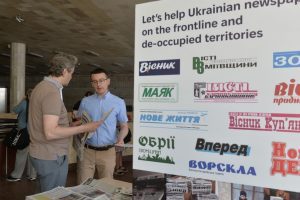
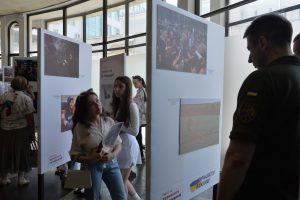
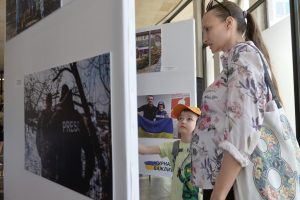

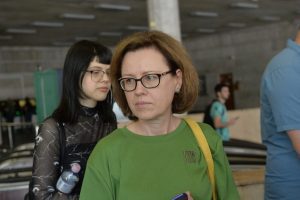
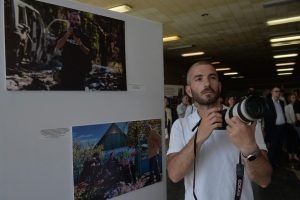
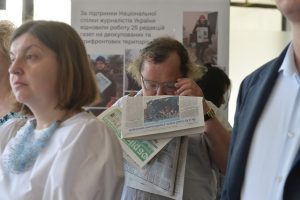
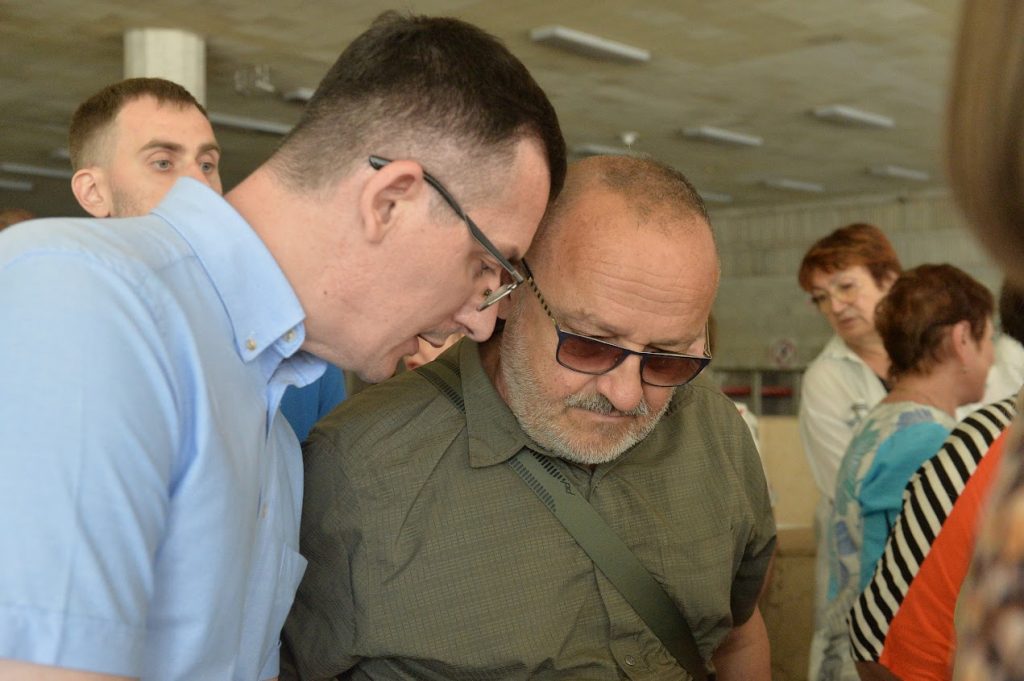
NUJU Information Service
Photo: Andrii Nesterenko
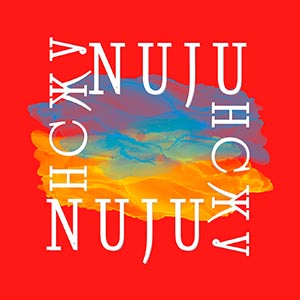
 THE NATIONAL UNION OF
JOURNALISTS OF UKRAINE
THE NATIONAL UNION OF
JOURNALISTS OF UKRAINE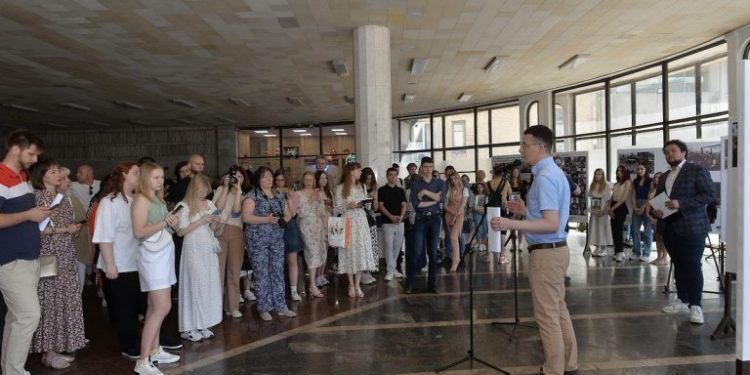

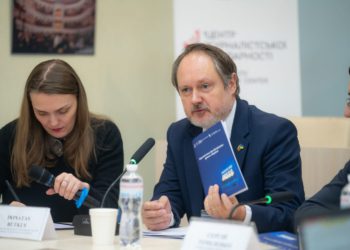
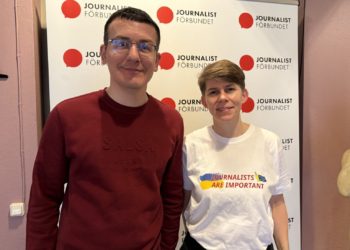
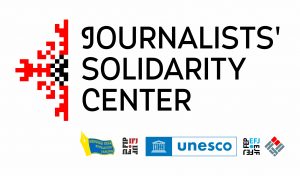








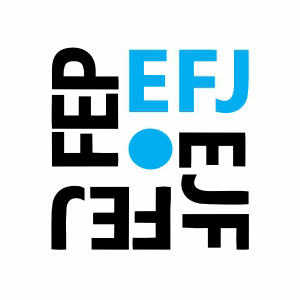



Discussion about this post